Introduction
Reverse Osmosis (RO) plants are a crucial part of ensuring access to clean and safe drinking water. Whether you have a small domestic RO system or a large-scale commercial one, regular maintenance is essential for optimal performance and longevity.
This guide provides a comprehensive overview of maintaining your RO plant effectively.
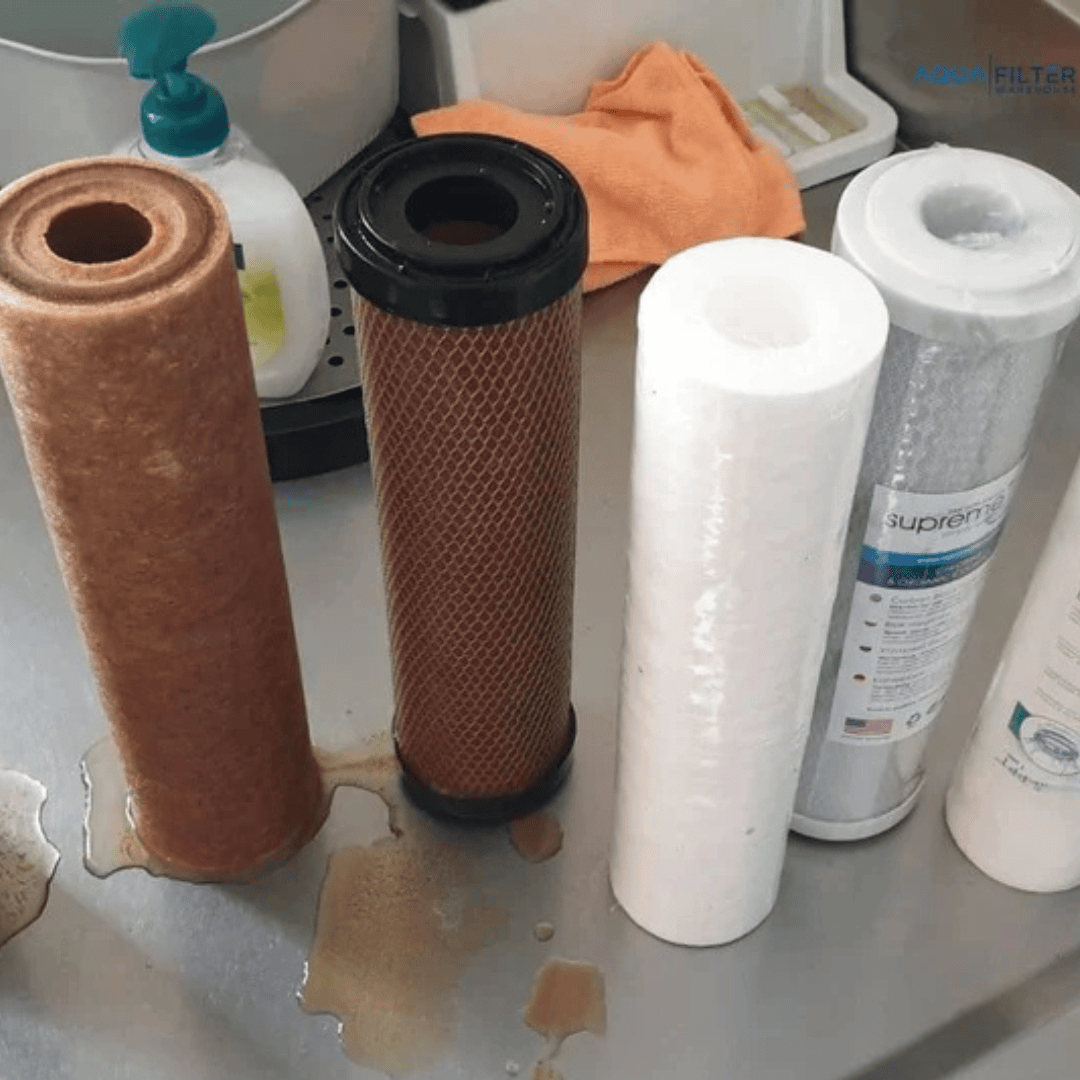
1. Regular Filter Changes
1. Regular Filter Changes
The heart of an RO plant lies in its filters. These filters remove various impurities, and their efficiency decreases over time.
- Sediment Filter: This initial filter traps larger particles like dirt and rust. Replace it every 6 months.
- Pre-Carbon Filter: This filter removes chlorine and other chemicals that can damage the RO membrane. Replace it every 6 months.
- RO Membrane: The core of the purification process, this membrane removes dissolved salts and minerals. Replace it every 3-6 years.
- Post-Carbon Filter: This final filter polishes the water, improving its taste and odor. Replace it every 6 months.
Pro Tip: The actual lifespan of your filters can vary based on water quality and usage. Refer to your manufacturer's recommendations for specific replacement intervals.
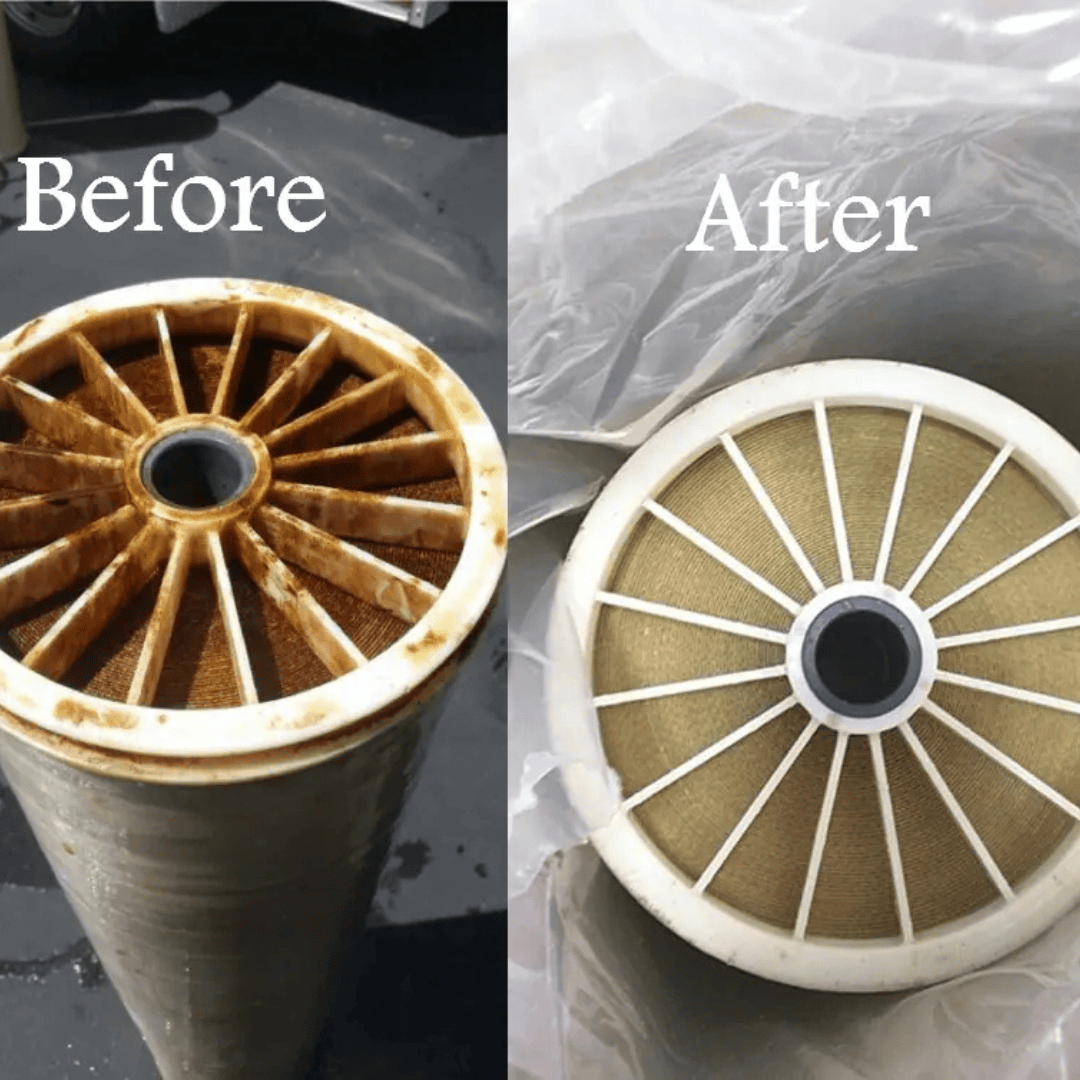
2. Membrane Cleaning
2. Membrane Cleaning
Over time, the RO membrane can become fouled with contaminants, reducing its efficiency. Regular cleaning helps maintain optimal performance.
- Flush the Membrane: Regularly flush the membrane with clean water to remove accumulated debris.
- Chemical Cleaning: Periodically use a specialized membrane cleaning solution to remove stubborn contaminants. Consult your manufacturer's guidelines for appropriate cleaning agents and procedures.
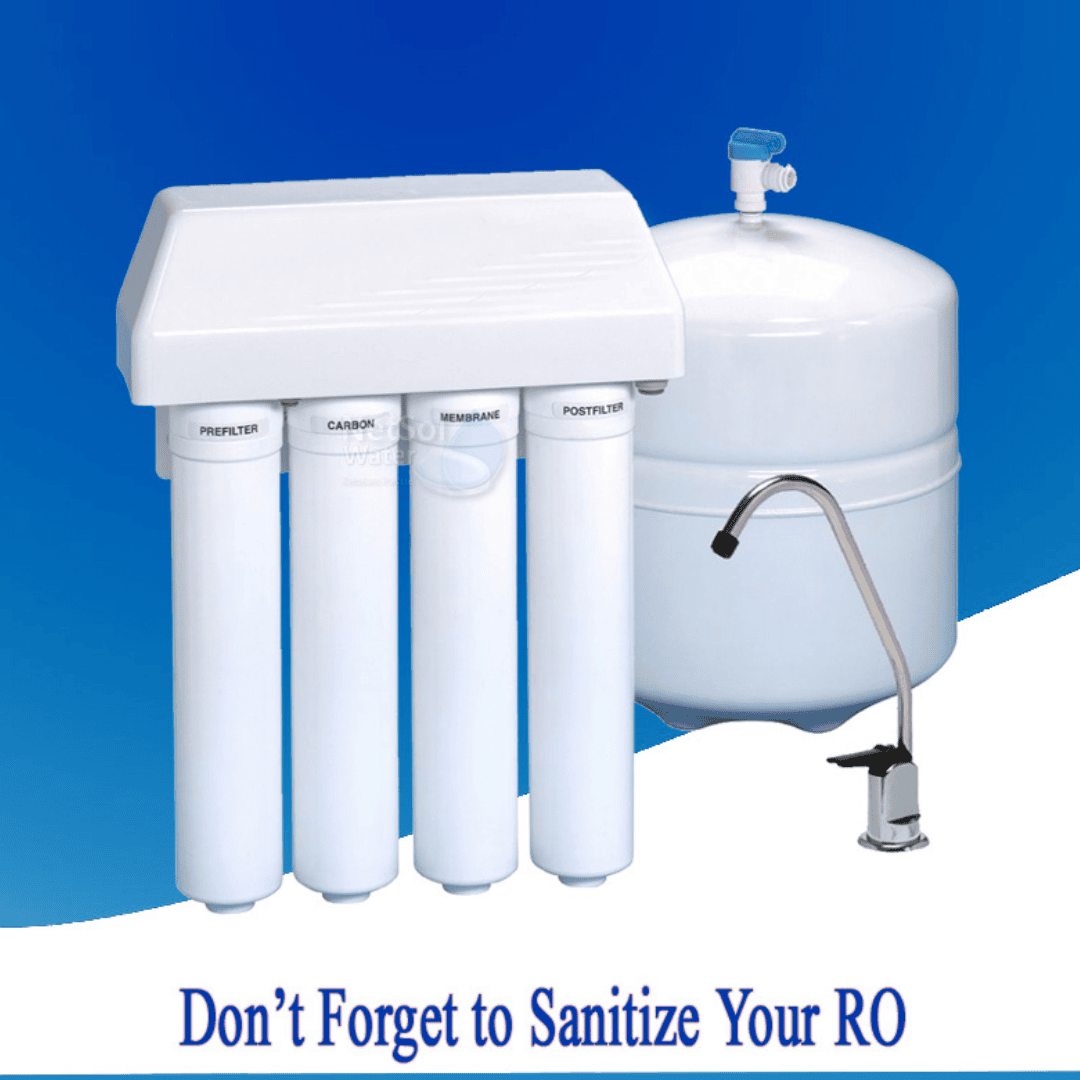
3. Sanitization
3. Sanitization
Sanitizing your RO plant prevents the growth of bacteria and other microorganisms, ensuring the purity of your water.
- Sanitize Regularly: Sanitize the system every 6-12 months, or more frequently if necessary.
- Use Approved Sanitizers: Use sanitizers specifically designed for RO systems. Follow the manufacturer's instructions carefully.
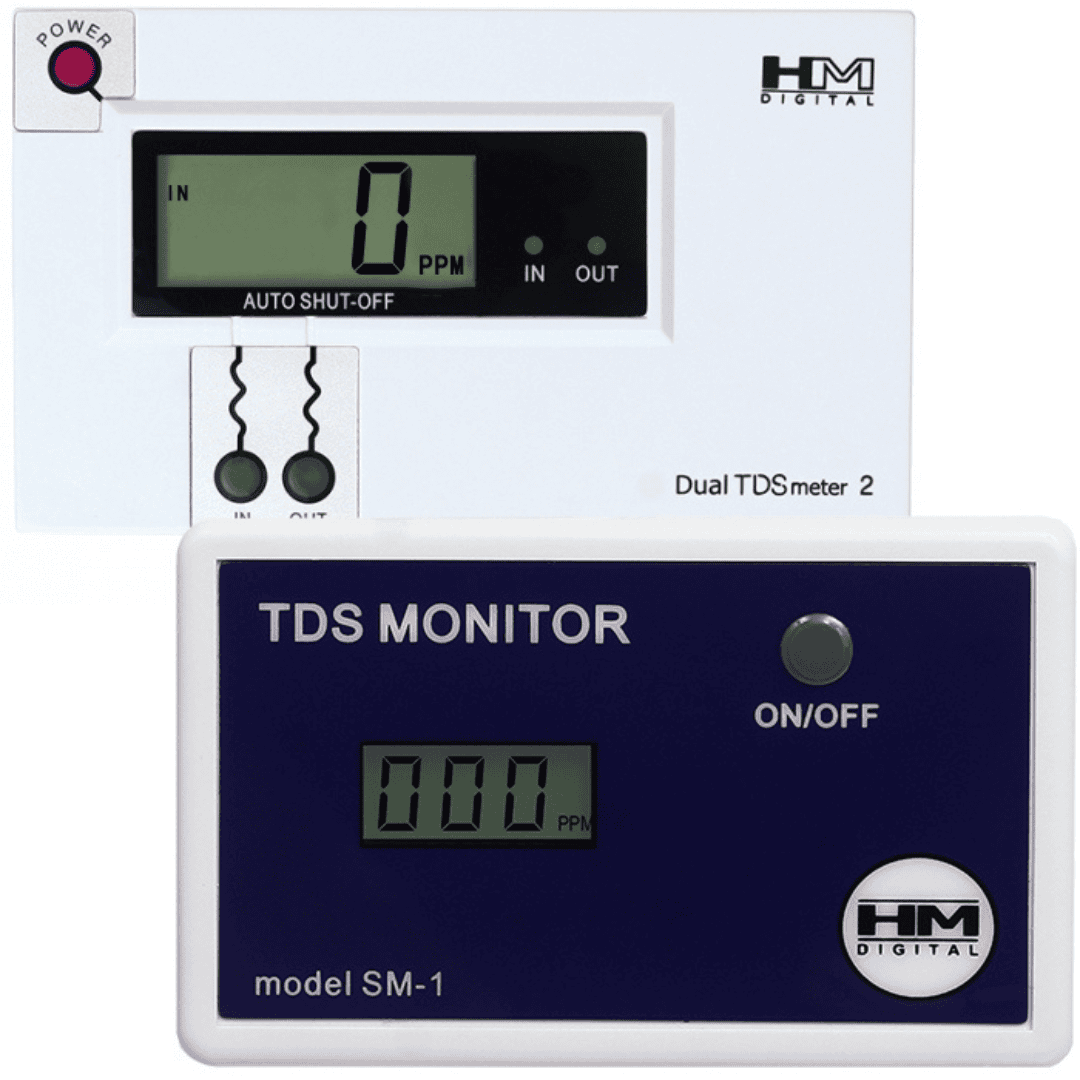
4. Monitor Water Quality
4. Monitor Water Quality
Regularly check the quality of your water to ensure your RO plant is functioning correctly.
- TDS Meter: Use a TDS (Total Dissolved Solids) meter to measure the mineral content of your water. A significant increase in TDS levels may indicate a problem with the RO membrane.
- Visual Inspection: Regularly check for leaks, unusual noises, or changes in water pressure.
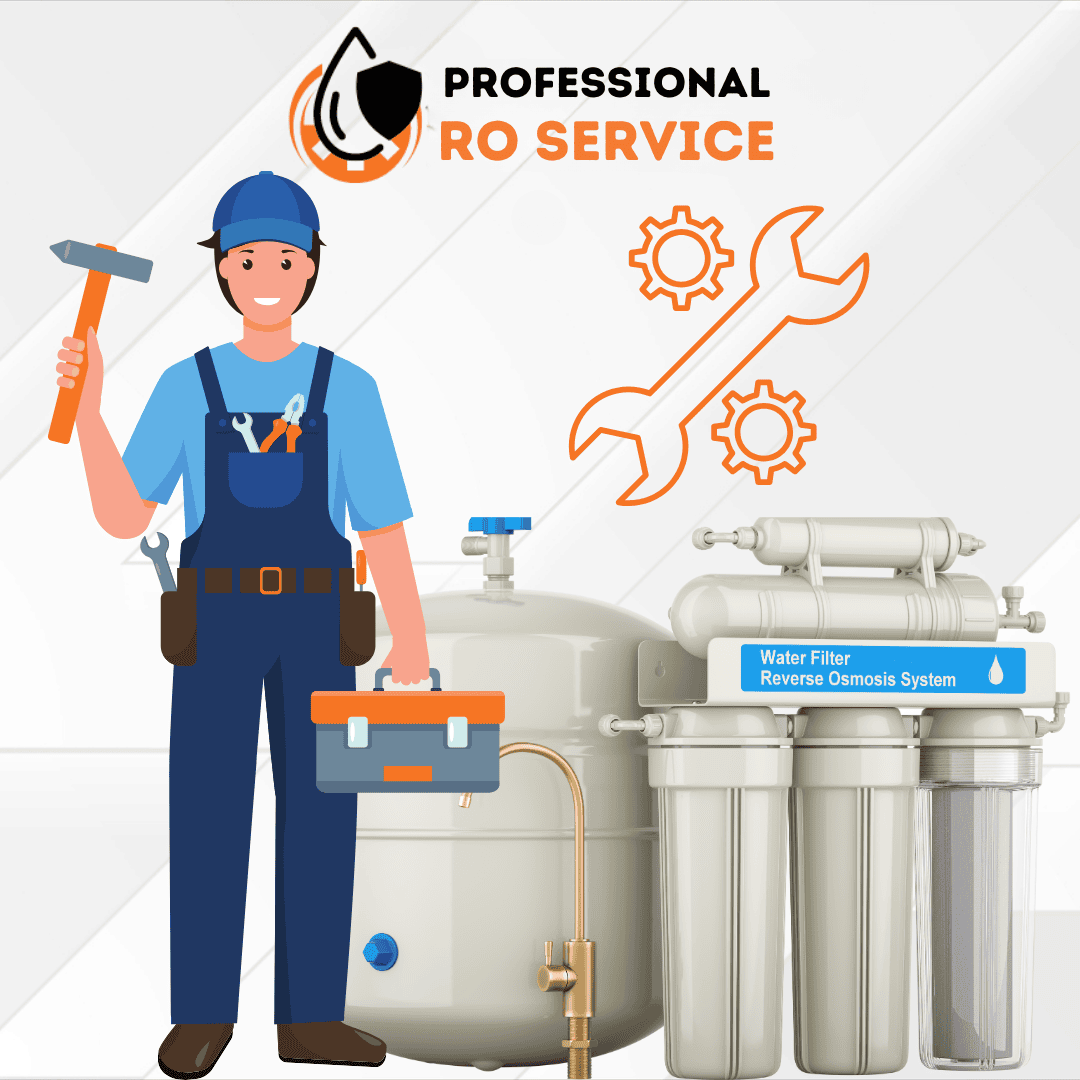
5. Professional Servicing
5. Professional Servicing
While regular maintenance can be done at home, it's recommended to schedule professional servicing at least once a year.
- Expert Inspection: A qualified technician can identify potential issues and perform necessary repairs or replacements.
- Performance Optimization: They can also optimize your RO plant for maximum efficiency and water quality.
By following these maintenance tips, you can ensure your RO plant continues to provide you with safe, clean, and refreshing water for years to come.
Looking for RO plants, filters, or maintenance services? Visit www.meshopindia.com for a wide range of high-quality water purification solutions.


